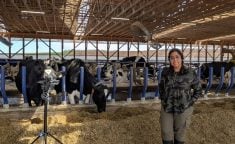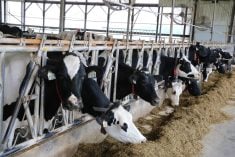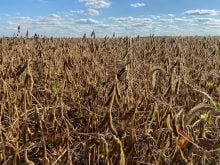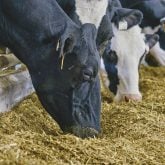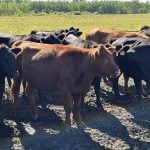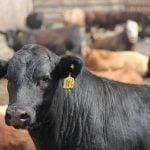Specialization, attention to the whole-farm biome, and moving genetic advancements away from individual animals toward the herd as a whole — these are some of the transformations in the dairy industry envisioned by the keynote speaker at the recent Dairy At Guelph Research and Innovation Day.
Veterinarian Dr. Jack H. Britt, professor emeritus in reproductive physiology at North Carolina State University spoke at the event and was asked to explore the topic of a vision for dairy farms and cows in Canada in 2068.
Why it matters: Understanding coming technology leaps in dairy farming is important to individual farm success.
Read Also
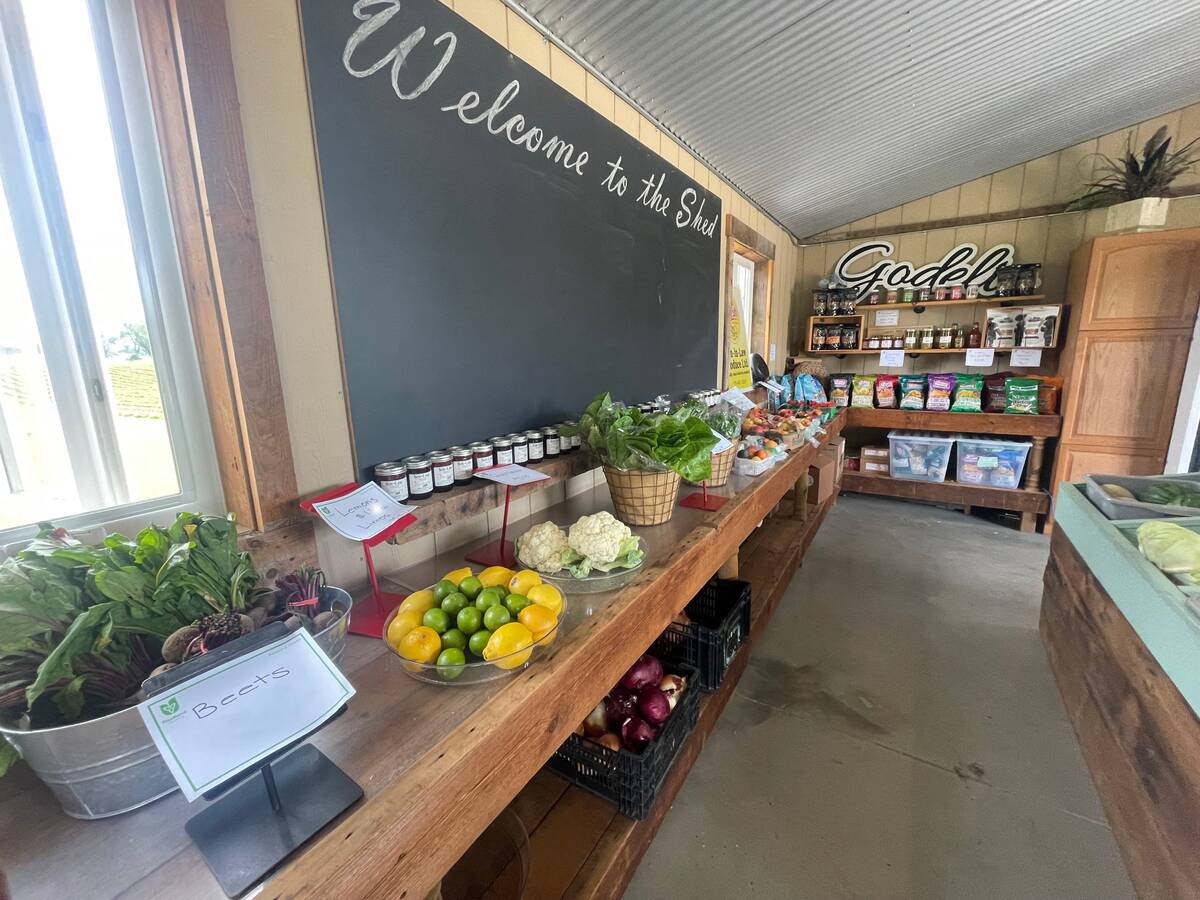
Ontario farms are a small business backbone but red tape delays and obstacles hinder growth
Farms are part of Ontario’s small business backbone, whether Ontario-grown livestock, grains or horticulture foods and farm products are bought on-farm, at a local market, or at the local store.
To those promoting gene editing, Britt offered words of encouragement.
“The techniques are getting better,” he said, “so there’s no reason why we shouldn’t be doing this, rather than cross-breeding.”
Gene editing proponents received a boost in Canada’s dairy sector earlier this year with a breeding association’s announcement of a partnership with an American company to develop polled genetics, but then saw a setback when the European Union bowed to public pressure to limit the technology.
Britt said this and other genetic technologies will be used to develop various characteristics in dairy breeds, including not just polled, but enhanced fertility, producing A2 milk, and even animals particularly suited to thrive within defined bioregions.
The system for recognizing proprietary genes will become well developed, he predicted, and breeding of a few cells of dairy genetics in a petri dish will eventually make it possible to advance through five or six generations of genetic change within just a few weeks, thereby speeding dairy innovation to unheard-of rates.
“The Chinese have already published how you do this in a mouse. So it’s coming.”
Britt believes, however, that the focus of those genetic advancements will see a marked change in the next half century. There will be more examination of “epigenetics” — the effect on daughters and granddaughters from environmental and management factors such as heat stress, inadequate transition-period nutrition or milking frequency — and heightened attention to the herd as a whole.
This is only logical, he said. Today’s well-managed dairy farms react with changes in nutrition or breeding strategies based not on the performance of one particular cow, but rather based on the performance of the entire herd.
This runs contrary to what Britt argued is the current dominant focus among genetics researchers: efforts to boost the entire breed animal-by-animal, and “trying to figure out who’s going to win next year at the World Dairy Expo.”
“We really need to take an approach in the future, and you’ve got a wonderful opportunity (at the University of Guelph) to look at that, to begin to take a look at what affects herds that are experiencing the same climate, the same feed quality, the same regional characteristics.”
With scientific evidence continuing to mount about the persistence of agri-chemicals and pharmaceuticals in the environment, the focus on dairy farms will eventually spread even further, he added. Herd health decisions will one day extend beyond the herd itself into the entire farm… and those decisions will lead to the use not of pesticides, synthetic fertilizers or antibiotics, but rather microbiotic organisms.
Already, Britt noted, there are movements throughout the global livestock sector toward boosting animals’ immune systems through the administration of so-called good bugs.
Future research, he suggested, will see the entire herd’s DNA analyzed to assess which microbes would be beneficial. And for the land from which the herd’s feed is harvested, there will be assessments of how to aid the soil microbiology in producing the highest-quality nutrition possible.
Canada to continue to lead
Britt stressed the Canadian dairy sector is well placed to adapt. But there will be pressure on smaller farms, and if they do survive the next half century, they may look very different.
His vision is of specialized facilities, a vision first formulated 30 years ago in Israel when he visited an operation consisting of 42 farms, but with just one feed centre. The land from all those 42 farms was used for feed production, but it was all brought to the central location for processing.
A current example from the United States has 10 farms bringing their manure and liquid byproducts to a centrally located separator/biodigester.
“They expect to recycle 80 per cent of the water on the farm as potable water within the next five years.
“A 35-head farm is not going to be able to handle that kind of transformation,” Britt said. But by joining strategically with neighbours, it’s possible small farms could remain active.
Taking these concepts to a higher level of specialization, Britt said he foresees multiple farms serving one particular niche in a larger system — some raising heifers, some overseeing maternity, some calf nurseries, some housing dry cows, a few serving as milking centres.
“That’s a concept that would fit today’s Canadian system quite easily,” he said.




